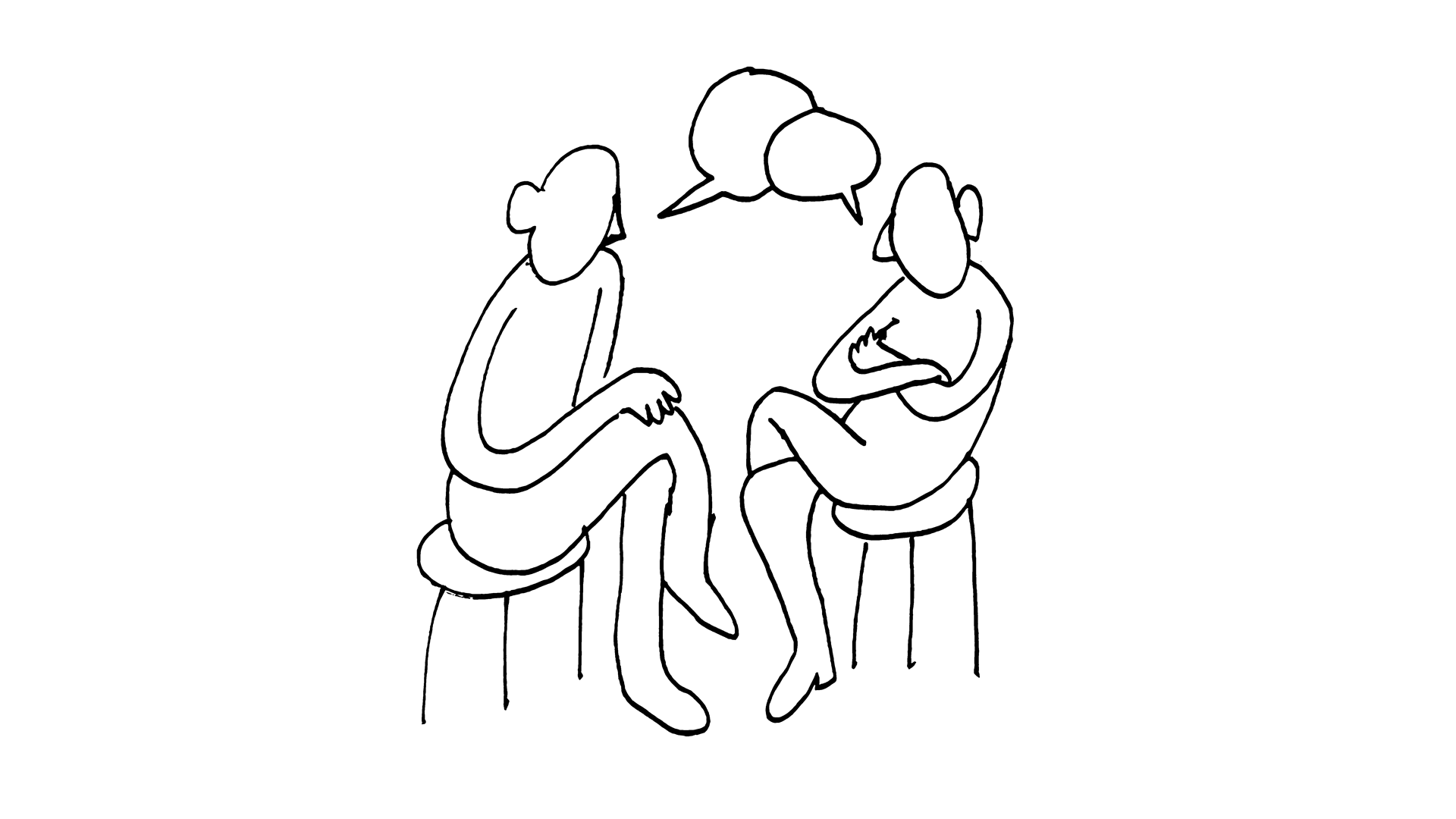Introduction

Does contemporary art have to be exclusive? The negative answer to this question forms the basis of our joint inquiry and exploration, which we have named Art Space Unlimited—a transient cooperative of five European nonprofit art spaces which culminates with this publication. In a shared commitment to inviting and engaging with others, it was clear to us that our efforts should not only aim to engage publics (and counter-publics, i.e., social movements, subcultures, or people that seek to challenge prevailing norms) but also serve as an opportunity for learning. Throughout the process we engaged in discussions and learned a great deal, and we unlearned even more. The culmination of this energy and exploration is captured in this publication containing the terms that worked as guides and reference points for us in the process. These terms are formed into a glossary—a collection of ideas which we found to be fundamental. We aimed for this book to be helpful to cultural workers, mediators, educators, curators, and artists as well as anyone who asks themselves similar questions. Hopefully, the terms we present here will make it possible for others to delve deeper into issues surrounding the invitation of various audiences into art spaces, allowing them to draw their own conclusions based on their unique contexts and situations.
We recognize that many of the concepts that we work with are by nature subject to constant change, and our definition or point of view may be challenged by someone else in the future, perhaps even by ourselves. The aim of the glossary was not to find the lowest common denominator but rather to record the frequent discrepancy between ideas and reality, identifying problematic modes of thinking, acting, and communicating. It was a daunting task as many of the issues we faced had no clear answers or established good practices. At the same time these glossary terms responded to questions we needed to tackle ourselves in order to find what works for us. We also believed it was necessary to provide contexts and introduce projects that inform our understanding of what it means to be hospitable, make alliances, or navigate conflict in the sphere of contemporary art.
In many ways this has meant translating. Translating from often overused and vague concepts such as inclusion or participation into terms, approaches, and, in a broader sense, a way of thinking that is critical of the discourse that still dominates the cultural debate in the so-called West and the Global North. Translating the knowledge developed and practiced before us into our environments and local contexts. Finally, translating our particular and concrete achievements and failures into words in the hope that they can be a resource for those seeking guidance and counsel in their own projects and endeavors. It is not a translation that aims to be a faithful recreation of the original thought but rather a careful selection. Each of the terms in this publication represents an act of translating the experiences and knowledge gained by an organization through their participation in Art Space Unlimited and other endeavors alongside it.
The book is published in the framework of Art Space Unlimited, which is a project that emerged from the shared desire and effort to open institutions toward people who, for various reasons, have difficult, complicated, disabled, or limited access to art, whether as creators, participants, or viewers. The project was established by the organizations tranzit.cz (Prague, Czech Republic), < rotor > (Graz, Austria), OFF-Biennale (Budapest, Hungary), La Escocesa (Barcelona, Spain), and Foundation 17 (Prishtina, Kosovo), to transform our institutional practice in order to become more empathetic, understanding, and open to people with diverse needs, experiences, and perceptions. This book is an effort to create an imprint of our “hive mind,” offering a language, methodology, and means of social interactions that we hope will prove useful for the empathetic and patient production of cultural events and projects.
We deal with these issues from the perspective of engaged and self-critical cultural workers and practitioners aiming to reach other practitioners working on similar issues. Although informed by academic sources, the terms are primarily based on our own experiences built through practice. Our task has been not to impose fixity but to acknowledge the complexities of thought versus action, to reflect on the various questions that arise within our encounters. We invite you, dear reader, to engage with these terms, to question, to adapt, and to transform them within your own contexts.